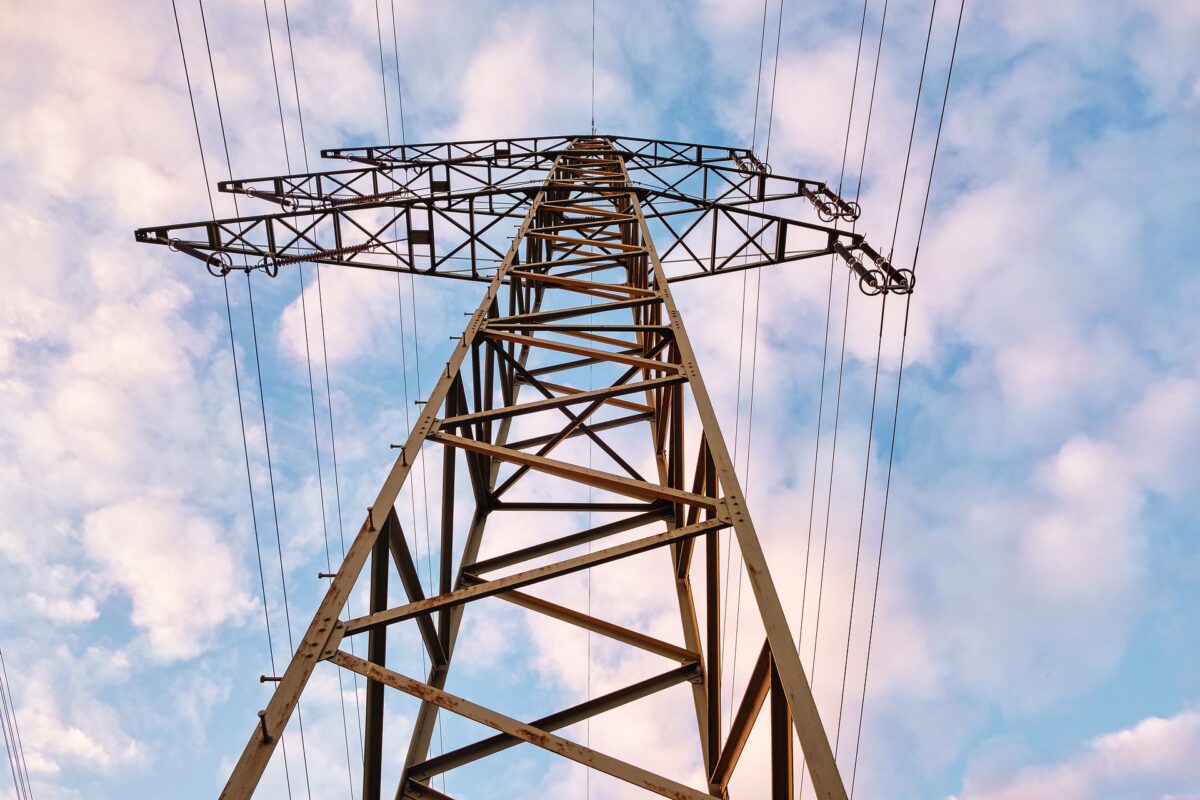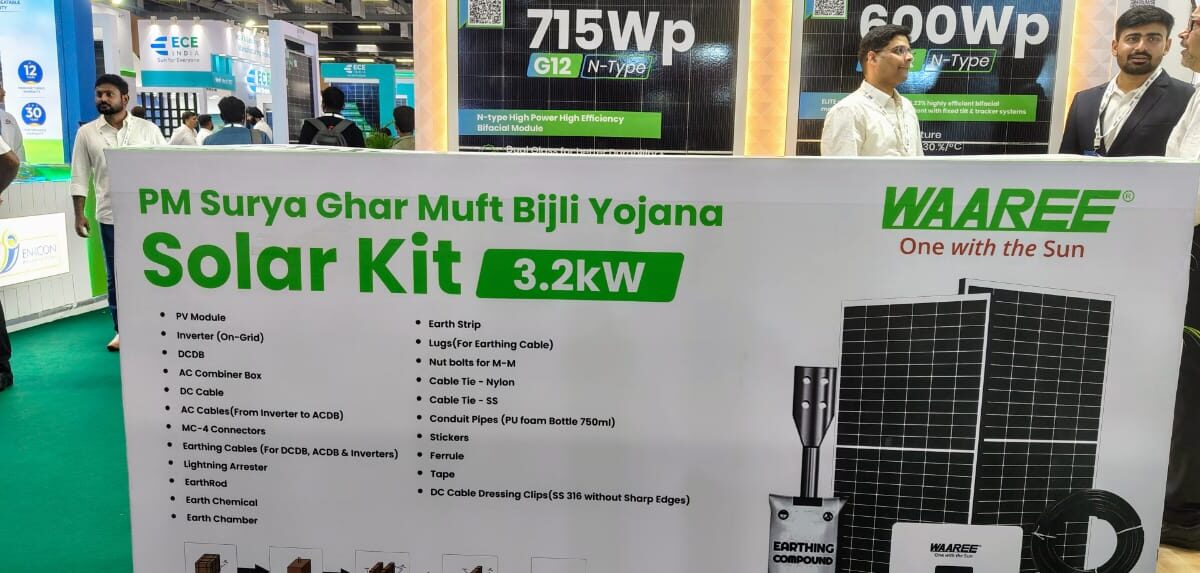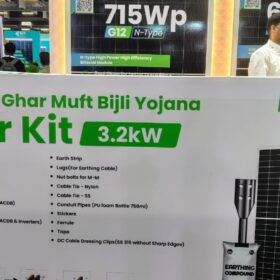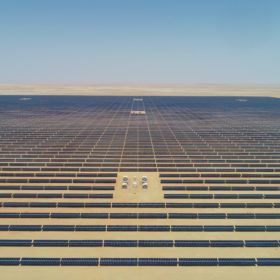From pv magazine USA
The Energy Systems Integration Group has published a study on the benefits of grid-forming battery energy storage systems (GFM BESS). The study is based on research conducted by ESIG’s GFM BESS project team, which evaluated GFM BESS benefits on an actual transmission network.
ESIG explains that GFM controls can provide grid-stabilizing characteristics that support the reliable operation of a power system under increasing levels of inverter-based resources (IBR), such as solar and wind power. While “GFM controls can be implemented on new solar photovoltaic and wind plants, with some limitations,” ESIG says, battery energy storage is “particularly low-hanging fruit” for the implementation of GFM controls.
Solar, wind and storage without GFM controls use grid-following (GFL) inverters.
The project team found that using GFM BESS instead of GFL BESS in a transmission system improves the hosting capacity for solar and wind generators.
The team reached that conclusion by studying a portion of an actual transmission network—a weak local area with limited transmission that is “saturated” with 780 MW of PV generation capacity using GFL inverters, paired with 225 MW of GFL BESS. While in the real world, that weak local area is actually connected to a strong surrounding transmission network, the researchers modeled the local area in isolation in order to model “the weakest grid conditions possible.”
They found that in the weak local area, which would have been “marginally stable” on its own, substituting GFM BESS for the 225 MW of GFL BESS would enable an additional 125 MW of PV with GFL inverters, “demonstrating that increased IBR hosting capacity was obtained before hitting a stability limit.”
The team reported that GFL BESS has a “small incremental cost” above that of GFL BESS “when designed-in up front,” and has a “dramatically lower cost than other solutions” such as synchronous condensers.
The study recommended, among other steps, that transmission system operators consider adopting GFM BESS “system-wide to improve stability and to maximize IBR [instant backup recovery] hosting capacity.”
Another study recommendation is to develop GFM BESS technical requirements and integrate those requirements into facility interconnection requirements.
“Don’t wait,” the study says. “Take advantage of BESS interconnections today” because “retrofits are expensive.”
Among other key findings, the study said that GFM BESS is a “Do No Harm” solution, in part because it provides specific stability benefits in weaker grids and operates stably and reliably in strong grids.
In addition, it found that GFM BESS systems are interoperable across original equipment manufacturers and with GFL inverters; can help defer other more costly solution options; and can serve as a bridge to long lead-time solutions.
The project team plans to publish a brief on the benefits of GFM BESS for decision makers, policymakers and regulators, and to conduct outreach to key stakeholders.
The project team’s core modeling and study team efforts were conducted by Elevate Energy Consulting, Electranix Corporation, and ESIG, in partnership with the utility American Transmission Company.
This content is protected by copyright and may not be reused. If you want to cooperate with us and would like to reuse some of our content, please contact: editors@pv-magazine.com.








By submitting this form you agree to pv magazine using your data for the purposes of publishing your comment.
Your personal data will only be disclosed or otherwise transmitted to third parties for the purposes of spam filtering or if this is necessary for technical maintenance of the website. Any other transfer to third parties will not take place unless this is justified on the basis of applicable data protection regulations or if pv magazine is legally obliged to do so.
You may revoke this consent at any time with effect for the future, in which case your personal data will be deleted immediately. Otherwise, your data will be deleted if pv magazine has processed your request or the purpose of data storage is fulfilled.
Further information on data privacy can be found in our Data Protection Policy.